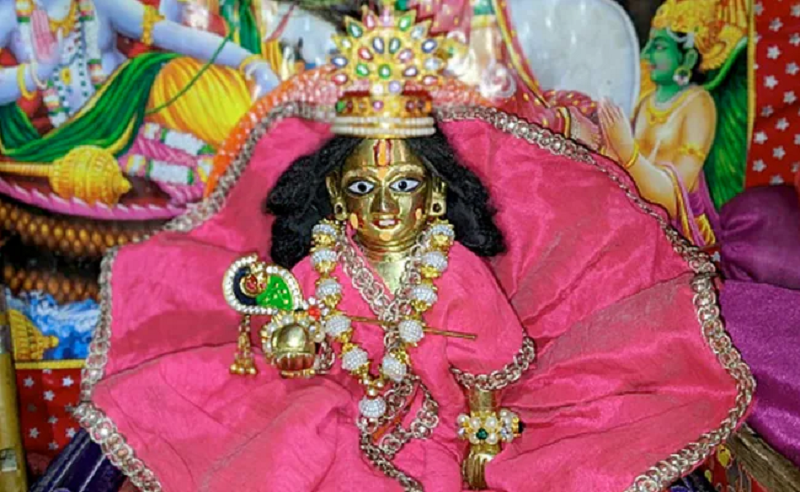The infection of the Chandipura virus is now increasing problems for health experts. Cases of infection have been reported from many parts of Gujarat for about a month, according to recent reports, this virus has now reached Madhya Pradesh and Rajasthan as well. The Union Health Ministry, along with experts, recently reviewed the cases of Chandipura virus and acute encephalitis syndrome in the three states. The Health Ministry said in a release that Director General of Health Services (DGHS) Dr. Atul Goyal has reviewed the infection in Gujarat, Rajasthan, and Madhya Pradesh along with experts from AIIMS, NIMHANS, and many other state surveillance units. At present, the maximum impact of this virus is being seen in Gujarat.

Gujarat Health Minister Rushikesh Patel said, so far 50 cases of Chandipura virus have been reported in the state and 16 people have lost their lives. Three cases have been reported from Rajasthan and Madhya Pradesh. Fear is being seen in the minds of people about this increasing infectious disease.
What is this Chandipura virus, and why is it considered so dangerous? Let us understand all this in detail.
The increasing danger of Chandipura virus
It is worth noting that due to the Chandipura virus infection, there is a danger of Acute Encephalitis Syndrome (AES), in which serious problems including swelling in the brain can occur due to infection. AES is considered to be the main reason behind this infection being fatal. According to media reports, since June till now, 78 cases of AES have been reported in children below the age of 15 in the three states, of which most cases and deaths have occurred in Gujarat.
This infection is being seen more in children. Health experts have said that all people in the affected areas need to take special precautions.
This infection is causing damage to the brain
Chandipura virus is considered to be one of the deadly infectious diseases. Chandipura virus is a member of the Rhabdoviridae family, there is a higher risk of infection due to it in rural areas. Although its cases have been quite rare, there is a risk of fatal conditions arising in the infected. This infection, which begins with fever, and flu-like symptoms, can cause encephalitis in children. In severe cases, it also poses a risk of coma and even death. The mortality rate due to this infection has been seen to be 56 to 75 percent.

Acute encephalitis can be fatal
In severe cases of infection, acute encephalitis (swelling in the brain) can occur. There is also a risk of death of the patient due to lack of timely treatment. AES is a neurological problem that can be caused by many different viruses, bacteria, fungi, parasites, spirochetes, and chemicals. The problem of swelling in the brain can cause symptoms such as confusion, seizures, weakness, and loss of sensation, which requires immediate medical attention. In severe cases, it can also be fatal.
How to stay safe from the Chandipura virus
Health experts say efforts should be made to keep children safe from this infectious disease. Avoid going to fields or bushes in the affected areas. Protect yourself from mosquitoes, ticks, and flies. It becomes most important to know the symptoms of the infection and get timely treatment. Hygiene and awareness are the only measures available against this disease.
Since Chandipura virus infection is quite rare, there is no proper treatment for it yet. Early detection of the infection and initiation of supportive treatment can reduce the risk of it becoming severe and causing brain-related disorders.
(PC: ISTOCK)










